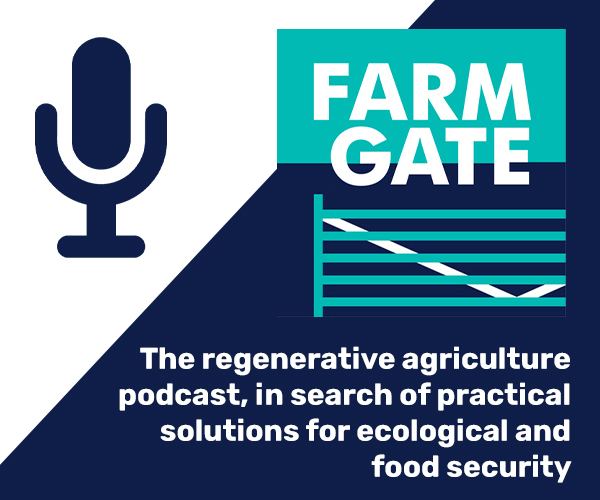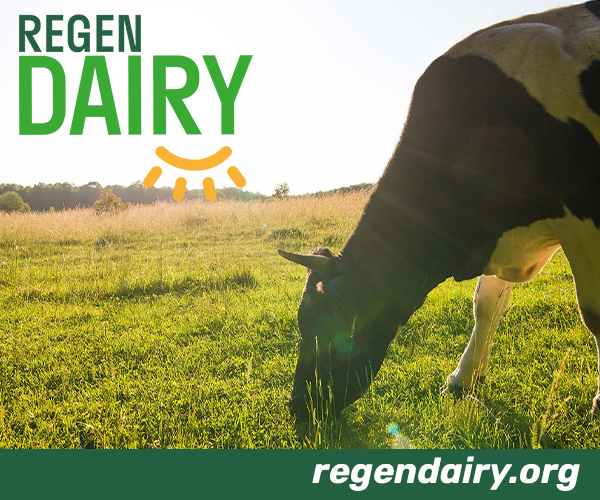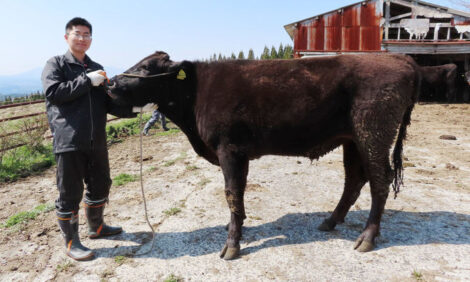



Buffalo Farming
The last 14 years have seen dramatic changes at a livestock farm in North England. Initially purchasing two water buffalo, Kate and Paul Langthorne were hoping to create a domestic supply of buffalo milk for their son, who has severe dairy allergies. Charlotte Johnston, TheCattleSite junior editor meets the family to find out how different rearing buffalo is to commercial cattle.Previously milking 200 Holstein-Friesians, this herd has slowly been replaced by 300 water buffalo. Also on the 400 acres, the family run a couple of hundred red deer, wapitis (American elk), gwenachos (deer), and cattle including Yaks, Dexters, Highlands, Longhornes and Bison. There are also rare breed sheep, goats, a number of pigs including four wild boars, as well as a pet emu, Sid.
Marketing
The first two buffalo, were in-calf heifers who originated from Warwickshire. As the herd expanded, the family were unsure of what to do with the male calves, local butchers were uninterested in selling the meat, so they decided to take things into their own hands. With local markets becoming more and more popular, the Langthornes launched the product themselves at farmers' markets. "Initially it was almost impossible to market the meat," said Mrs Langthorne. "I was giving it away, encouraging people to try it."
Thirteen years down the line, it couldn't be any more different. Demand for this meat well outstrips supply, so much so that in February 2008, an on-farm abattoir and butchery was opened, allowing the Langthornes to kill their own animals, butcher them and pack them. It also opened up another business for them, as with no slaughter house in close proximity, they receive a lot of business from local farmers.
Previously they were travelling anywhere between 30 and 70 miles to get animals slaughtered. They have received a lot of support from the local farming community. Only killing on a Tuesday, the family aim to kill two or three buffalo, and whatever else is booked in - it is always guaranteed to be busy. A vet is present every Tuesday to register animals and act as a meat inspector. A butcher from the local farm shop is the licensed slaughterman and along with Mr Langthorne, there are also two full time butchers, who help on the farm.
Due to bovine spongiform encephalopathy (BSE) restrictions, it is simpler for the Langthornes to kill beasts under thirty months. However, they do have a licence to kill beasts between 30 months and 48 months providing a brain stem test is passed. Brain stem tests from each kill are sent off every Wednesday to a laboratory in Liverpool and results are received by Friday afternoon. Until this time, nothing can be done with the carcase.
Buffalo do not reach full size until they are five years of age. For slaughter purposes, this would be the prime age to kill them. However due to the popular demand, the Langthornes are having to kill beasts younger than would be ideal and currently they are averaging around 300kg deadweight. The Langthornes are still breeding from the offspring of one of the first heifers purchased, despite been 13 years old this cow is still going strong and producing good calves, says Mrs Langthorne.
The deer, pigs and goats were all introduced to help balance out the demand for buffalo meat and have proved just as popular. In 2005 the family reached the point where they had to decide between producing milk or meat. Milking the buffalo proved difficult, as it is was hard to train to the animals to enter the parlour and with the growing demand for meat, buffalo meat seemed the obvious route to take.

Management
The Langthornes take a somewhat laid back approach to animal management - everything is pretty much free range. "Being wild animals there is very little to do in the way of management," says Mrs Langthorne. The buffalo are fed a diet of carrots (supermarket rejects) and grass silage. They also eat straw, which is provided as roughage. This year they have received fodder beet, which has worked well. Animals are kept outdoors for the majority of the year, however cows and calves are brought in during winter months.
They are notably good at escaping, says Mrs Langthorne, recalling having to round up the first two buffalo on their first night at the farm, after they walked through the hedges. This experience led them to learn that electric fencing would be a necessary part of management, one single strand is required to keep buffalo contained.
With regard to health, Mrs Langthorne says that little intervention is needed. They are hardy animals with tough skins. No vaccinations, or drenches are administered and they have good foot health and veterinary assistance is rarely required. Occasionally there is a selenium deficiency within the herd, which is fixed by a small injection of selenium to those that require it.
Handling these wild animals could be tricky, as Mrs Langthorne points out that they move fast. However, the farm has a well designed infrastructure which allows animals to be moved stress-free to the yard and purpose built handling facility. Despite being wild, the buffalo have a friendly and inquisitive nature.
Calving
A bull runs with the 200 head strong breeding herd all year around and there is no set approach to calving, it happens when it happens. As it is, October and November appear to be the busiest months in terms of calving. The gestation period for cows is 10 months, and over the last 13 years, Mr Langthorne has only had to assist in two calvings. Cows are generally very good mothers and provide plenty of milk. Cows that are found to be infertile or bad mothers are usually culled. Occassionally they may reject a calf, and Mrs Langthorne says that holding the cow to allow the calf to feed is near impossible as is hand rearing a calf, due their wild nature.
Calves are weaned at seven to eight months, taken indoors and fed a mixture of silage and carrots. Once outdoors they are fed carrots and straw.
Mr Langthorne has been looking into the possibility of artificially inseminating cows, as this would allow him to breed from strong Italian genes, however practically, the family believe that restraint of the animals may be difficult and cause unnecessary stress.
Crawford Grange
A range of meat products are available to purchase from all the animals on the farm. Langthorne's produce is sold off the farm or can be found at the local markets, for more information visit the website, http://www.langthornes-buffalo-produce.co.uk.
November 2009







